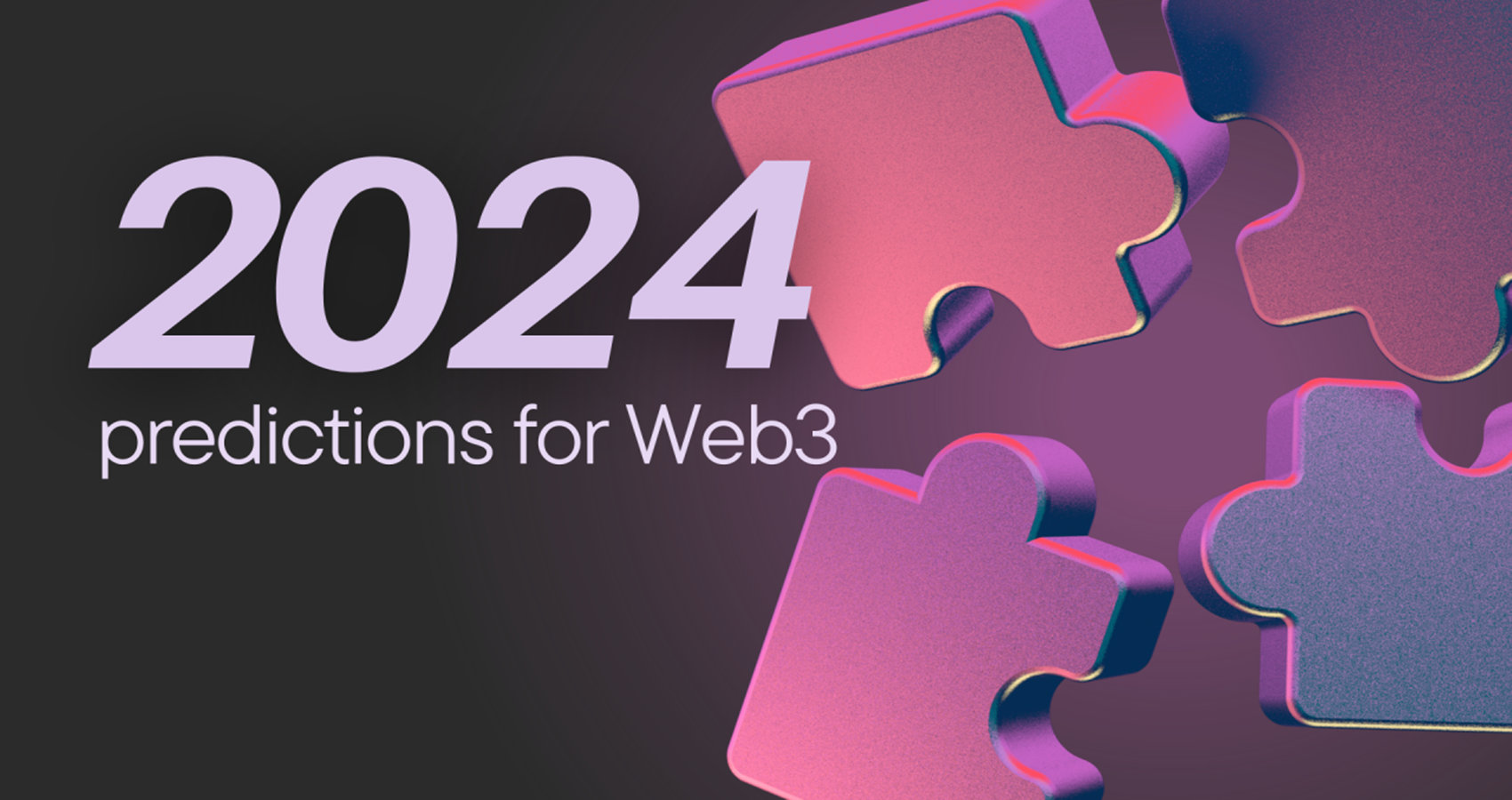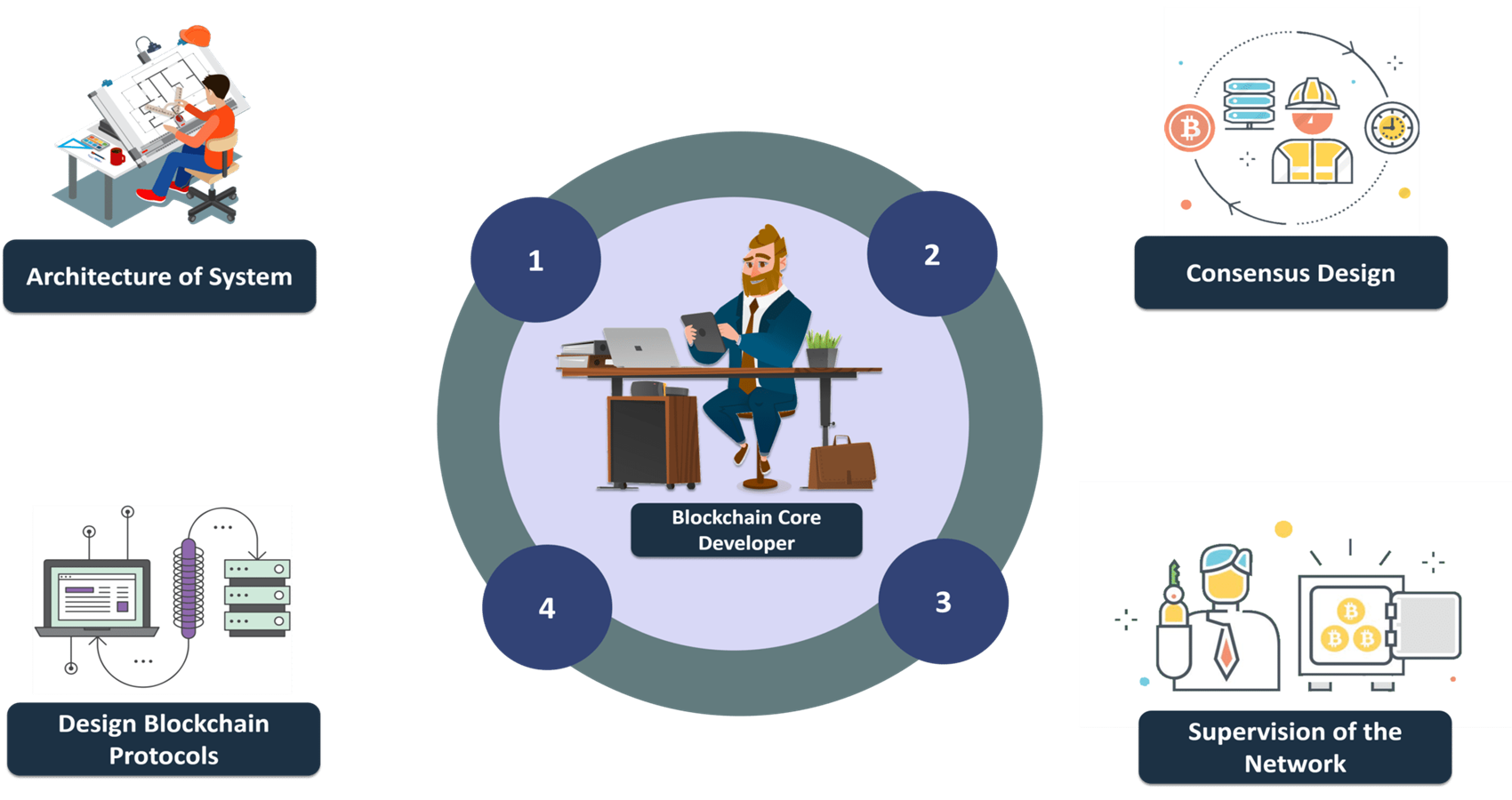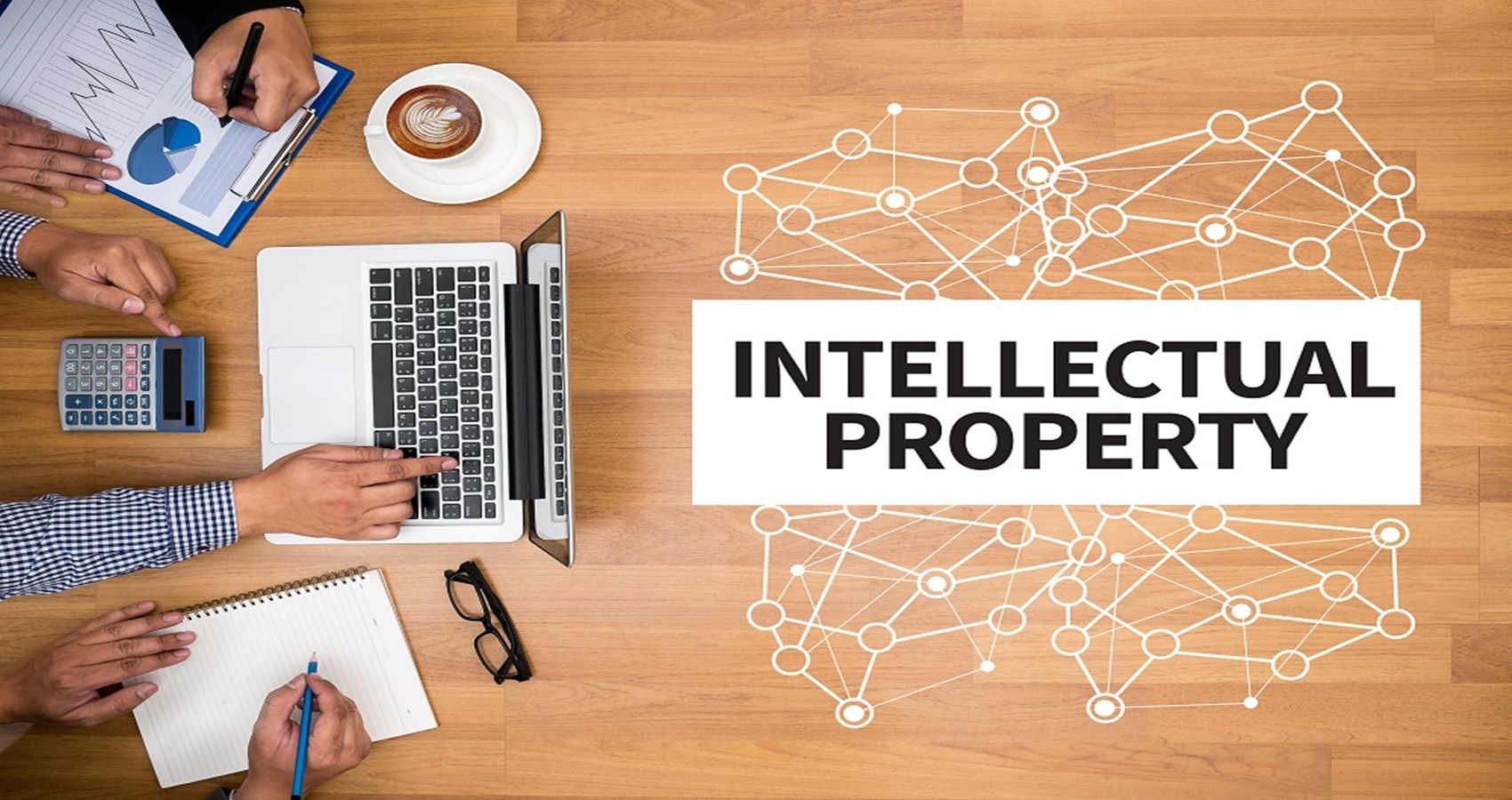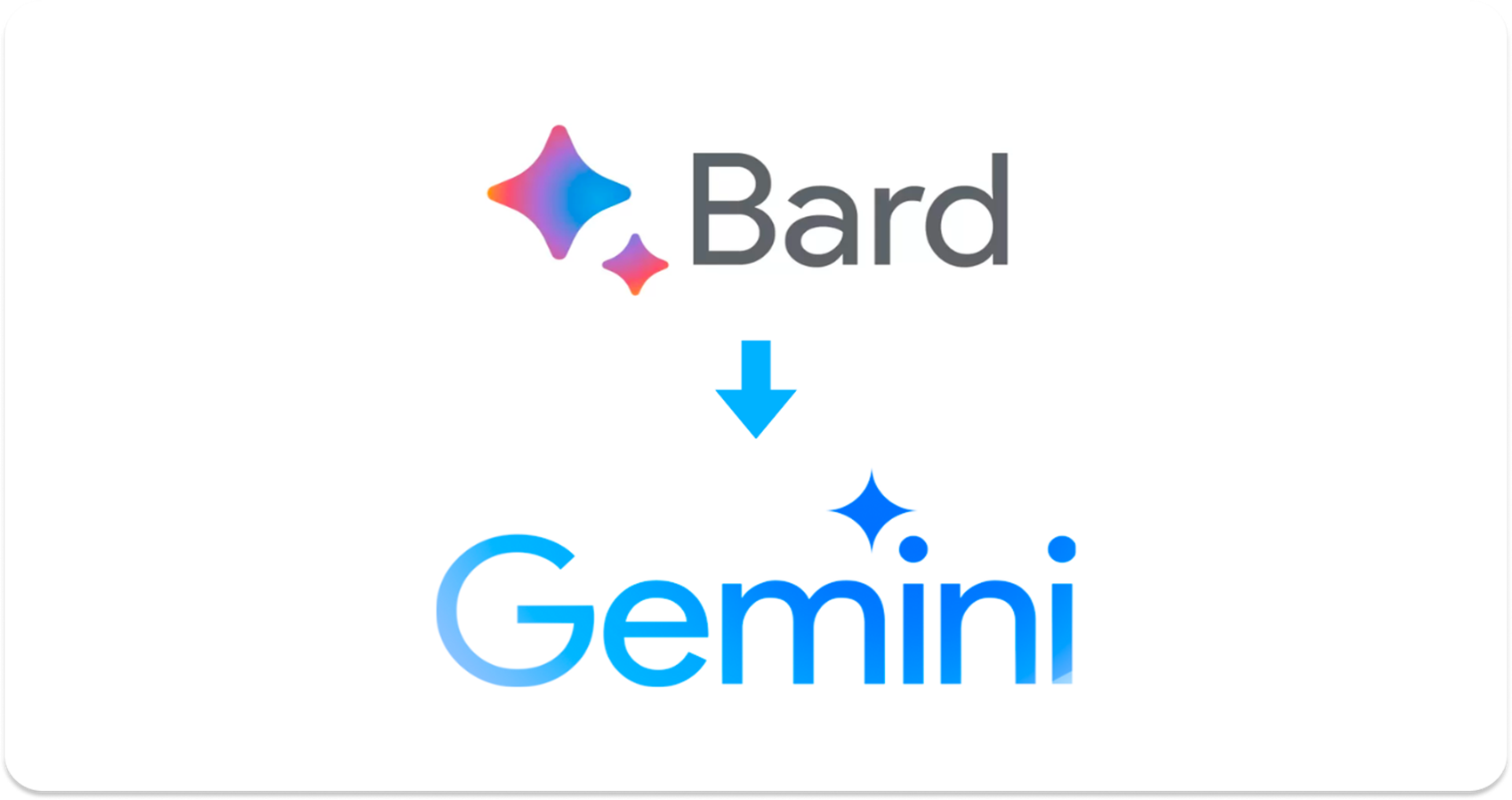Blockchain technology is often touted as an ultra-secure system for transactions and data storage. But is it really immune to hacking, or does blockchain also have vulnerabilities that attackers can exploit? In this comprehensive guide, we’ll examine blockchain’s security promises and properties, types of attacks, real-world hacking incidents, and measures to enhance blockchain security. The Case for Blockchain’s Security Let’s first understand the key characteristics that make blockchain networks inherently secure: These core technical attributes make blockchains much more tamper-proof than centralized databases. But they do not make blockchains 100% hack-proof. Blockchain Security Risks and Attack Vectors Despite inherent security protections, blockchain systems still have vulnerabilities that hackers can potentially exploit: Private keys – Wallets secured by long, randomly generated private keys provide the foremost security barrier for each user’s coins and blockchain assets. But key leakage, poor key generation approaches, lost keys, and related issues can lead to irreversible theft. Smart contracts – Bugs, loopholes, and design flaws within smart contracts that encode programmatic blockchain transactions/logic represent another major attack surface. Malicious actors can exploit these to siphon funds, lock assets, trigger unintended contract behaviors, etc. Consensus weaknesses – Although rare, vulnerabilities in consensus implementations that allow double spends or ledger tampering do exist. For example, 51% attacks against smaller proof-of-work chains. Protocol flaws – Core protocol weaknesses exposed via theoretical attacks like Finney attacks, race conditions, crypto vulnerabilities, etc. require coordinated software upgrades to address. Newer blockchain protocols are still maturing. Application layer – Hacks targeting web/mobile apps, wallets, bridges, and APIs connected to blockchains. Weak authentication, authorization, UI flows, etc can enable theft despite underlying blockchain’s security. While complex, these risks nonetheless demonstrate blockchains cannot be considered 100% impervious to hacking. Let’s examine some actual case studies of major blockchain hacks. Notable Blockchain Hacking Incidents Despite blockchain’s security merits, several notable breaches have occurred over the years: These incidents highlight that despite blockchain’s security merits, vulnerabilities still exist leading to multi-million dollar exploits. Let’s discuss some ways blockchain security can be strengthened. Enhancing Blockchain Security Blockchain security must be approached holistically – spanning the network, protocol, applications, smart contracts, keys management, user behaviors and more. Some best practices include: A combination of vigilant security practices across blockchain protocols, applications, smart contracts, and users is necessary to realize blockchain’s full security potential. The Future of Blockchain Security As blockchain adoption grows, security will be an ongoing challenge. However, improvements across several dimensions can enable safer environments: The cat-and-mouse game between hackers and blockchain security will surely continue as the technology matures. But by combining foundational security protections, ongoing vigilance, and cutting-edge cybersecurity advances, blockchain still promises a robust foundation for next-generation trustless applications. Conclusion Blockchain’s security emanates from its decentralized nature, cryptographic foundations, transparency, and built-in economic incentives. However, risks around private keys, smart contract vulnerabilities, consensus implementations, network architecture weaknesses and more remain. Notable hacking incidents have led to hundreds of millions in losses, showing blockchains cannot be considered impregnable. Ongoing progress in smart contract auditing, formal analysis and verification, enhanced authentication, AI-based threat detection, user education and other security practices is essential. Blockchain security must be approached holistically across protocols, applications, keys management, and user behaviors. With continued vigilance and innovation in cybersecurity, this transformative technology can fulfil its potential to provide robust security and trust for decentralized platforms.
How do blockchain companies make money?
Blockchain technology offers immense potential to disrupt businesses and industries. However, the mechanics of how blockchain-based companies actually generate revenues and sustain themselves economically is still not widely understood. In this comprehensive guide, we’ll explore the emerging business models, pricing strategies, and revenue streams available in the blockchain sector across use cases like cryptocurrency exchanges, blockchain infrastructure platforms, crypto wallets, decentralized applications (DApps), NFT marketplaces, metaverse worlds, and more. Revenue Models for Cryptocurrency Exchanges Cryptocurrency exchanges like Coinbase, Binance and FTX have emerged as major blockchain businesses, generating billions in revenues annually. Some key revenue sources include: As cryptocurrency investing gains mainstream traction, exchanges stand to earn substantial revenues from transaction-based business models. But they need to focus on customer acquisition, secure infrastructure, compliance and risk management to succeed long-term. Blockchain Infrastructure Platform Revenues Blockchain infrastructure platforms like Amazon Managed Blockchain, Microsoft Azure Blockchain, IBM Blockchain Platform and others enable companies to develop and deploy blockchain-based applications. Their revenue models include: By catering to enterprises across industries exploring blockchain, these platforms can benefit significantly as the market grows beyond financial services into broader ecosystems. Crypto Wallets Revenue Models Cryptocurrency wallet apps like MetaMask, Coinbase Wallet, Trust Wallet charge fees comparable to app store models: As adoption grows, crypto wallets can generate steady revenues from serving as financial utilities facilitating payments and transactions across blockchain ecosystems. Decentralized Applications Revenue Models DApps build on blockchain infrastructure to offer decentralized versions of traditional applications: For DApps, designing appropriate incentives and economic models aligned with use cases is vital to drive continuous user engagement and returns for developers. NFT Marketplaces Monetization NFT marketplaces like OpenSea and Rarible have also gained tremendous traction as key Web3 revenue drivers: NFT marketplaces need sustainable models that balance revenues with creator/user needs around gas costs and platform access. Metaverse and Web3 Gaming Revenue Streams Emerging metaverse and blockchain-based game worlds open new digital asset revenue possibilities: For metaverse games, the sheer range of digital assets and scarce virtual resources allows implementing diversified monetization strategies while enhancing gameplay – a win-win. Enterprise Blockchain Revenues Within enterprises, blockchain generates revenues both internally and for vendors in several ways: With accelerating enterprise adoption, the addressable market for internal, external and consortium blockchain solutions is substantial. Conclusion Across cryptocurrency exchanges, infrastructure platforms, wallets, DApps, NFT marketplaces and more, blockchain business models are still evolving but maturing rapidly. Transaction fees, usage-based charges, premium features, and new digital assets monetization enable novel revenue streams. However, blockchain-based businesses must carefully balance revenues with user experience, platform security, compliance and technology constraints. Developers need upfront funding to sustain operations during platform growth. But removing excessive rent extraction or friction is necessary for long-term success. The blockchain economy promises more equitable value distribution between users and platform developers compared to Web 2.0. Realizing that potential through sustainable, ethical models is vital as mainstream adoption grows.
Top 5 Web3 Predictions For 2024
Web3 represents the future evolution of the internet based on decentralization, blockchain technology, and token-based economics. While still in its early days, Web3 promises to transform how we interact online, conduct business, and exchange value. As we enter 2024, what are the key trends and predictions that will shape Web3 in the coming year? In this post, we analyse the top 5 Web3 predictions for 2024 across areas like regulation, enterprise adoption, killer apps, interoperability, and blockchain infrastructure. 1. Targeted Web3 Regulations Will Emerge As Web3 sees increasing traction, 2024 is likely to see greater regulatory scrutiny and oversight aimed at protecting consumers and stabilizing markets. Key regulatory trends on the horizon include: While increased oversight has downsides like compliance costs, targeted Web3 regulations will enhance protections for mainstream users and drive institutional confidence. Legitimate projects also stand to benefit from rules that curb speculation and fraudulent conduct. 2. Big Tech and Fortune 500s Will Accelerate Web3 Investments Large enterprises were cautious toward Web3 in 2022, but increased momentum on underlying infrastructure will drive major investments and initiatives in 2024. Big business moves will validate Web3 while rapidly advancing real-world ecosystem development in 2024 and beyond. 3. Web3 “Killer App” Categories Will Start Emerging As the Web3 technology stack matures, we’ll see the emergence of “killer apps” demonstrating the paradigm shift enabled by capabilities like trustless exchange, provable digital ownership, and tamper-proof records. Some killer app categories to watch for include: Digital Identity Management Blockchain-based decentralized identity platforms like Persona and Magic could achieve breakout adoption for managing verified credentials like professional licenses, academic certificates, and financial trust scores in a user-controlled manner. Supply Chain Optimization End-to-end track and trace solutions from startups like Tradelens (IBM + Maersk) and Provenance are primed for large-scale use in enhancing transparency and accountability across global supply chains. Fan Engagement Music artists and sports teams leveraging NFT-gated communities, metaverse events, and token-based benefits platforms are providing new revenue streams while deepening fan engagement. Microtransactions Web3 enables granular monetization of digital assets and services including NFT-protected media content, API data access, computing resources, data/algorithmic inputs and more. These early beachheads demonstrate Web3’s potential to rearchitect digital services in a more user-centric, open, and tamper-proof manner across industries. 4. Web3 Interoperability Will Improve A key challenge today is the walled-garden effect resulting from thousands of isolated blockchains, protocols and token systems. Progress on Web3 interoperability standards in 2024 would enable: Sustained collaboration between blockchain protocols, foundations, and standards organizations like IEEE will be key to progressing interoperability and usability in 2024. 5. Next-Gen Blockchain Infrastructure Will Emerge Scalability, energy efficiency, security and development tooling challenges remain for core Web3 infrastructure. Advances in 2024 could include: Advances across these core building blocks will enhance Web3’s scalability, security, efficiency and usability – enabling broader mainstream adoption. Conclusion While the timing and progression of Web3 is hard to predict precisely, 2024 looks poised to be a pivotal year on multiple fronts. Regulation, enterprise adoption, blockchain infrastructure upgradation and killer apps will likely see notable breakthroughs. But Web3 also faces scaling hurdles and risks like protocol failures and security threats. Overall, measured optimism is merited for Web3 entering an important phase of manifestation in 2024, even if the path ahead remains challenging. Closely tracking developments across both core technology and ecosystem dimensions will illuminate how the next generation internet continues taking shape.
7 must-have Blockchain Engineer Skills
Blockchain has emerged as one of the most in-demand technology skills today. However, effectively developing blockchain applications requires a diverse mix of competencies. Here we outline 7 must-have skills for aspiring blockchain engineers to succeed in building decentralized platforms and applications. 1. Understanding of Core Blockchain Concepts A solid grasp of foundational blockchain concepts is essential before diving into development: Understanding core concepts allows assessing the technology’s applicability and limitations for different problem domains. It provides the foundation for specialized skills in niches like cryptography, protocol design and application development. 2. Proficiency in Major Blockchain Platforms Hands-on expertise using major blockchain platforms is essential for development: Bitcoin – The pioneer in cryptocurrencies and decentralized consensus, Bitcoin Core offers battle-tested security. UTXO-based architecture provides unique advantages for certain use cases. Ethereum – With Turing-complete smart contracts, Ethereum enables complex dApps. Trillion dollar DeFi ecosystem with innovations across NFTs, DAOs, wrapped assets. Upcoming major upgrades like proof-of-stake consensus. Hyperledger – Enterprise permissioned blockchain framework under the Linux Foundation. Modular architecture allows components customization for performance and security. Popular for private network consortiums. Corda – Specialized for finance applications, Corda focuses on privacy and interoperability between regulated entities. Aims to deliver blockchain advantages in a compliant manner. Polkadot – Sharding-based multi-chain network allowing private chains to connect to public relay chain. Enables asset interoperability and cross-chain smart contracts. These industry-leading platforms have complementary strengths and are suited for different applications. Hands-on development experience builds intuition for architecting solutions. 3. Mastery of Programming Languages Used for Blockchain Solidity, Go, Rust, JavaScript/TypeScript, and C++ are among the most popular languages used for blockchain engineering. Each have pros and cons: Solidity – Primary language for writing Ethereum smart contracts. Statically typed, similar to JavaScript. Designed for EVM compatibility. Rich ecosystem of tools and libraries. Go – Used to build Ethereum clients and other blockchain network infrastructure components. Excellent performance, concurrency support and portability. Rust – Emerging for high-performance blockchain clients and tools thanks to memory safety, thread safety and tiny runtime. Used by Solana, Polkadot. C++ – Bitcoin Core and other legacy clients are written in C++ for raw performance. Verbose language with steeper learning curve. JavaScript/TypeScript – Often used to create frontends, clients and integration adapters for consuming blockchain network APIs and data. Lightweight and ubiquitous language familiar to web developers. Based on specialization area, blockchain engineers must gain expertise in languages suited for tasks like core protocol development, dApps programming or client integrations. 4. Understanding Cryptography Primitives Foundational cryptography concepts like hashes, digital signatures, and public key encryption provide the roots of security for blockchain platforms: These primitives provide the secure foundation enabling blockchain capabilities. Expertise allows proper implementation in application code. Cryptography mastery is a clear differentiator for senior engineers. 5. Smart Contract Development Skills For developers interested in building decentralized applications, expertise in smart contract programming languages like Solidity is indispensable: As blockchain usage grows, demand for smart contract developers with expertise in languages like Solidity is poised to skyrocket. 6. Understanding Blockchain Testing Methodologies Thorough testing is crucial given the immutable nature of blockchain state. Testing expertise spans: Adopting robust testing practices is key to ensure stability and reliability for mission-critical decentralized applications. 7. Operations, Administration and Monitoring Running blockchain systems in production requires operations skills: A combination of traditional systems administration and blockchain-specific monitoring and management capabilities is needed. By cultivating expertise across these 7 domains, blockchain engineers can deliver robust decentralized solutions and become valued specialists. Conclusion Blockchain combines multiple complex disciplines – distributed systems, cryptography, game theory incentives, applications security, low-level performance engineering etc. Bridging this breadth of domains poses challenges but also enables fulfilling and challenging careers. Beyond foundations like understanding core concepts and writing smart contracts, one must specialize – be it cryptography research, protocol development, testing and auditing, DevOps engineering or front end programming. Blockchain’s horizontal nature means both technical depth and ability to collaborate across specializations is crucial. With diligence and passion, blockchain engineers can enable decentralization across finance, identity, supply chains, governance and more – delivering tremendous economic potential and social impact.
Intellectual Property Rights and The Indian Entertainment Industry: An Overview
India’s entertainment and media industry has seen exponential growth over the last decade, with revenues projected to cross $55 billion by 2024 according to PwC. The country is one of the largest producers of films globally with releases across multiple languages. Its media and entertainment sector is also among the fastest growing globally. However, despite rapid expansion, the Indian entertainment industry has often struggled with complex intellectual property (IP) challenges. In this comprehensive guide, we’ll provide an overview of intellectual property rights in the context of India’s entertainment sector. We’ll examine relevant Indian IP laws, enforcement challenges, piracy threats, and the overall legal framework governing the creative industries. Copyright Law and Entertainment in India Copyright protection is fundamental for safeguarding the rights of creators in the entertainment business and enabling monetization of creative works. India’s copyright framework applicable to the entertainment industry consists primarily of the Copyright Act, 1957 and subsequent amendments. The Copyright Act outlines protections for original literary, dramatic, musical, and artistic works along with derivative creations like translations, adaptations, and performances. Films, songs, lyrics, scripts, choreography, sets, costumes, artwork, and other creations receive copyright at the time of production without any formal registration requirements. Copyright safeguards exclusive rights that allow creators to control reproduction, distribution, public performance, and adaptation of protected works. It enables monetization of creative efforts directly via activities like public exhibition of films or indirectly through licensing content to publishers and distributors. However, India’s copyright law contains limitations and exceptions to balance protections with public interest. Provisions like compulsory licensing after publication, exemptions for educational and nonprofit use, and time-bound protection terms aim to prevent misuse of monopolistic rights. But vague phrasing of exemptions has also faced criticism for enabling infringement. Stronger enforcement coupled with clearer limitations that protect citizens’ reasonable use could make the copyright framework more effective for the entertainment sector. Periodic updates to the Copyright Rules continue to refine aspects of copyright administration and licensing. But substantive reforms to the Copyright Act itself are long overdue for modernizing this key legislation. Trademark Protection in Indian Entertainment Trademark registration plays a crucial role in entertainment by protecting the branding and titles associated with creative properties. The Trade Marks Act, 1999 provides the core legal framework. It enables registration of trademarks associated with films, TV shows, artist/group names, production house identities, logos, taglines, and similar entertainment properties. Over 190,000 entertainment-related trademarks are estimated to have been filed over the past two decades, demonstrating the industry’s reliance on trademark protections. Indian celebrities often even register their own names as trademarks. Media outlets regularly report on entertainment trademark disputes, signifying the fierce competition underlying the industry. The Trade Marks Act prohibits unauthorized usage of registered marks that cause confusion or dilute their brand uniqueness. However, India’s first-to-use trademark model means common law rights derived from using a mark commercially can sometimes trump a later trademark registration. This complicates entertainment trademark enforcement as producers must guard against others attempting prior adoption of titles or names, especially sequels/franchises. Overall, while the trademark system enables vital branding protections in entertainment, its usage would likely rise even further if the registration process and litigation were more streamlined. Celebrities and creators also need better awareness on diligently registering core IP assets like names and show titles early on. Role of Patents in the Indian Entertainment Sector Patents protect inventions – they safeguard the functional and technical innovations that go into entertainment technology and production. India’s patents framework governed by the Patents Act, 1970 enables registration of patents across categories like drugs, chemicals, devices, and processes. Many patentable advances relevant to entertainment involve areas like audio engineering, video editing/coding, computer animation, VFX, cameras, playback devices, production equipment, and more. However, India historically did not allow product patents for finished creations in categories like food, chemicals, and pharmaceuticals. This likely reduced incentives for patent filings in some media and entertainment sectors. The Patents Act also prohibited patenting of computer programs, potentially hindering software innovation. But amendments since the 1990s, and compliance with the TRIPS agreement, have made patents more accessible across sectors. As India’s creative industries and technology sophistication grow, usage of patents is likely to expand. But it still lags many other markets. Increased awareness among Indian entertainment companies on utilizing patents more proactively to protect vital innovations and revenue streams could be beneficial. This is complemented by initiatives like the government’s scheme for IPR protection which covers some filing costs. Key Issues Around IP Enforcement While India’s core copyright, trademark and patent laws cover major needs of the entertainment industry, issues around enforcement and implementation pose challenges: Addressing these challenges is crucial for strengthening IP protections and enabling entertainment creators to fully benefit economically from their intellectual assets. An Evolving Legal apparatus Beyond core legislation around copyrights, trademarks and patents, the legal framework governing entertainment commerce in India spans additional laws and regulations: Navigating this wide array of regulations alongside IP laws poses major compliance challenges. Policy reforms that consolidate and streamline media sector governance could benefit entertainment companies through simpler regulatory procedures and clarity. Outlook for the Future India boasts thriving domestic film, TV, music, theater, live events, and related industries catering to one of the world’s largest entertainment markets. As distribution expands on digital platforms globally, exports are also rising steadily across segments like film software and TV content production. But fully tapping into the commercial opportunities enabled by intellectual property in entertainment requires addressing policy and operational gaps in the country’s IP rights regime. Strategies like raising IP awareness among individual creators, building stronger enforcement institutions, updating laws for the digital era, incentivizing IP filings, and streamlining dispute resolution need focus from policymakers and industry bodies. Progress across these fronts would enable creative professionals in Indian entertainment to more fully leverage intellectual property protections and catalyze sustainable growth across its vibrant cultural economy. With the right IP infrastructure, India’s soft power exports across media and entertainment can expand tremendously given the underlying creative talent and commercial
Google Rebranded Bard into Gemini – The Best LLM Ever
Google recently announced a major rebranding of its conversational AI service Bard into Gemini, representing a significant evolution of the company’s Language Model capabilities. This transition from Bard to Gemini promises more benefits through enhanced intelligence, knowledge, speed, and safety. Let’s analyze Google’s rebranding in depth to understand what Gemini offers, how it improves upon Bard, and why it exemplifies the continued progress of Large Language Models (LLMs). We’ll also look at some remaining challenges and future directions for Google in developing ever more capable and trustworthy AI systems. Bard to Gemini – Google’s Strategic Rebranding Soon after OpenAI unveiled its headline-grabbing ChatGPT chatbot in November 2022, Google announced Bard – its alternative conversational AI service to compete with ChatGPT. However, Bard had a rocky debut when it provided an incorrect answer in a company promotional video. This misstep led Google to cancel Bard’s public launch. It went back to the drawing board to enhance the AI system’s knowledge, safety mechanisms, and capabilities. Just a week after the Bard demo, Google reintroduced the revamped service under a new brand name – ‘Gemini’. Gemini represents a strategic repositioning and technical overhaul of Google’s conversational AI capabilities. The name change to Gemini signals Google’s goal of establishing a distinct identity from ChatGPT and disassociating from Bard’s erroneous beginnings. Gemini builds upon Bard but incorporates substantially more advanced capabilities. This rebranding represents a key milestone in Google’s roadmap for developing production-grade Large Language Models that are sufficiently capable, accurate, and trustworthy for public release. The rapid evolution from Bard to Gemini demonstrates Google’s agility and technical prowess in AI – an area it pioneered for decades before the recent resurgence of generative AI. Introducing Gemini – A Next-Generation LLM So what exactly is Gemini, how does it improve upon Bard, and why is it superior to alternatives like ChatGPT? Gemini is powered by a next-generation LLM that makes significant leaps across metrics like size, knowledge, accuracy, conversational ability, and safety: Together, these improvements enable Gemini to outperform the capabilities of its Bard predecessor as well as rival systems like ChatGPT in areas like relevance, factual correctness, and natural conversation flow. While not yet perfect, Gemini represents significant progress for LLMs – many experts have noted it as the most human-seeming conversational AI so far. Google already plans to integrate Gemini across its search, maps, and other products to power more natural assistance. Driving Fact-Based Responses A defining focus in developing Gemini is enhancing factuality and avoiding unsupported claims in responses. This is crucial for trustworthiness. Google employed techniques like: Prioritizing accuracy and contextual responses grounded in reality differentiates Gemini from more speculative conversational models like ChatGPT. While not infallible, Gemini represents a major upgrade in an LLM’s capacity to be helpful, harmless, and honest. Responsible AI Safeguards in Gemini Given concerns over potential risks from improperly deployed LLMs like toxic speech, Google invested significant efforts into safety for Gemini: While AI safety remains an ongoing pursuit, Google’s responsible design choices provide greater assurance of Gemini avoiding harmful failures compared to more openly released LLMs. Ongoing vigilance and development focused on beneficial outcomes will be critical as Gemini gets more widely deployed. Evolving Google’s Conversational AI Capabilities The launch of Gemini represents just the first step in Google’s evolving roadmap for conversational AI across its products: The Gemini launch serves as the starting point for embedding conversational AI across Google’s offerings. With continuous improvements to knowledge, reasoning, and safety, its LLMs hold immense potential for transforming information discovery and task assistance. Challenges and Limitations to Overcome While marking a major milestone, Gemini does have some key limitations providing opportunities for improvement: Addressing these limitations provides an exciting roadmap for Google AI research and engineering teams. Advances in foundation models, reasoning, logic, search integration and multi-agent conversation systems can enable the next leaps in Gemini’s capabilities over time. The Future of LLMs The introduction of Gemini underscores how generative AI continues to rapidly evolve, providing glimpse of its future potential: The technology behind large language models like Gemini remains in its adolescence. But rapid maturation continues, unlocking promising applications while also necessitating diligent oversight. With Google’s firepower and research leadership, Gemini offers a glimpse into the enlightening but often confounding journey ahead in developing LLMs that enhance knowledge and empower humanity. Google’s launch of Gemini also has significant implications on the competitive landscape for generative AI: With LLMs now established as a pivotal emerging capability, the AI landscape will see intensifying innovation and competition. As a pioneer in modern AI, Google remains well-positioned to lead across research, engineering, ethics and applications of generative models. Conclusion The rebranding from Bard to Gemini highlights intensive efforts by Google to rapidly adapt and evolve its conversational AI. While more progress lies ahead, Gemini already showcases substantial improvements that establish Google as a top contender in generative AI. Key strengths like Gemini’s grounding in factual knowledge, integration of human feedback, and focus on safety are positive indicators. If executed responsibly, Google’s LLMs have immense potential to enhance how humanity accesses, shares and interacts with information and knowledge. Of course, risks and challenges remain. Maturing conversational AI to be demonstrably helpful, harmless and honest will require sustained research and care. But with its technical prowess and leadership, Google is primed to deliver some of the most extraordinary benefits of LLMs for the collective good. The journey from Bard to Gemini and beyond promises to be one of thoughtful cooperation between humans and machines to uplift knowledge and empower society.








